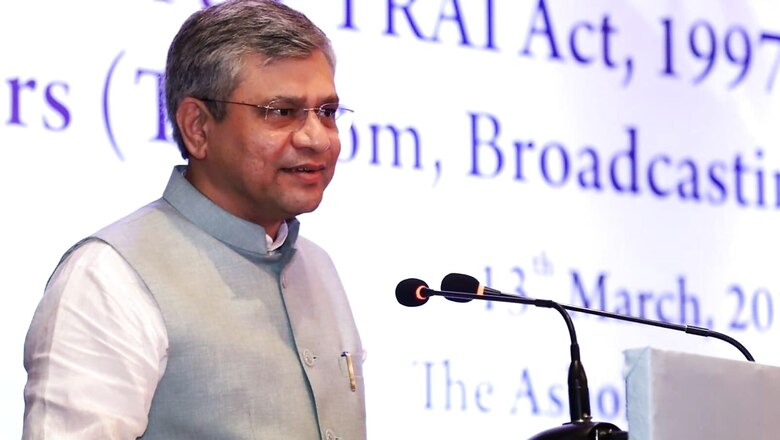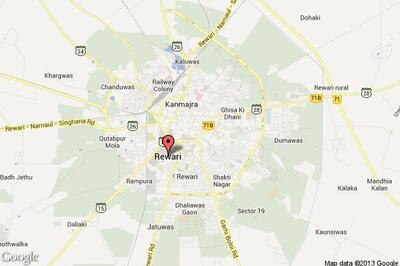
views
Union telecom minister Ashwini Vaishnaw has said that the government is looking to restructure the regulatory system to enable technological development and interaction with industry as partners rather than opponents.
Speaking at the opening session of a Telecommunications Dispute Settlement and Appellate Tribunal (TDSAT) conference on Sunday, he also noted that the system ensnared everyone and that some people with insufficiently strong beliefs created a mess that tarnished the telecom sector in the past.
While explaining, he said, “Can we have one regulator for the entire digital world? Those kinds of things are happening. We need to really overhaul our entire regulatory setup in terms of the legal structure, regulatory execution structure, the way our government bodies think, people are trained, the way we interact with the industry: not as adversaries but as partners. That’s the next big thing that we have to do.”
The telecom minister went on to say that while not much has been done so far, there is a need to work in the direction of continuing to build the technological stack and bringing in more and more start-ups because this is a sector that can produce future generations of entrepreneurs.
“We were lagging when it was 2G and 3G. We are trying to catch up with 4G. We should at least run together in 5G but in 6G we should take the lead. Otherwise what’s the point of being a nation which is today called a talent nation,” he said.
The minister in February stated that India has constructed its own 4G core and radio network from scratch and now the country’s own 5G network is nearing completion, and it is also participating in the creation of 6G standards at the same time.
The indigenous 4G stack is expected to be rolled out in a few months, according to department of telecommunications (DoT) secretary K Rajaraman.
However, the government expects the Telecom Regulatory Authority of India (TRAI), to provide recommendations on key parts of the much-anticipated 5G spectrum auctions by the end of March, after which the airwaves will be auctioned in 2022 to allow for the rollout of 5G services in 2023.
Vaishnaw said at the TDSAT conference that a partnership of 11 institutes, including IIT Chennai, IIT Kanpur, IIT Bombay, and IISc Bangalore, spent roughly $30 million in 14 months to develop 4G technology, which is a fraction of the cost that leading telecom companies have spent to develop the technology.
Additionally, he said that 35 Indian telecom companies are now looking to export their products to other countries.
The IT and telecom minister added that Indian delegates are now chairing the most critical research committees for the development of 5G and 6G, which is the next big buzzword, under the International Telecommunications Union (ITU)—which is a United Nations specialised agency for information and communication technologies.
In the case of 6G, it is China that claims to have made breakthrough achievements. According to early reports, a research team in the country had achieved 6G-level wireless transmission with speeds up to 206.25 gigabits per second and the observed speed was around 10-20 times quicker than most 5G networks, marking a breakthrough for terahertz (THz) wireless communication.
However, apart from India, which may see rolling out of 6G somewhere around 2024 or the end of 2023, Singapore and Vietnam are also hoping to achieve some breakthrough in the technology.
Read all the Latest Tech News and Breaking News here


















Comments
0 comment